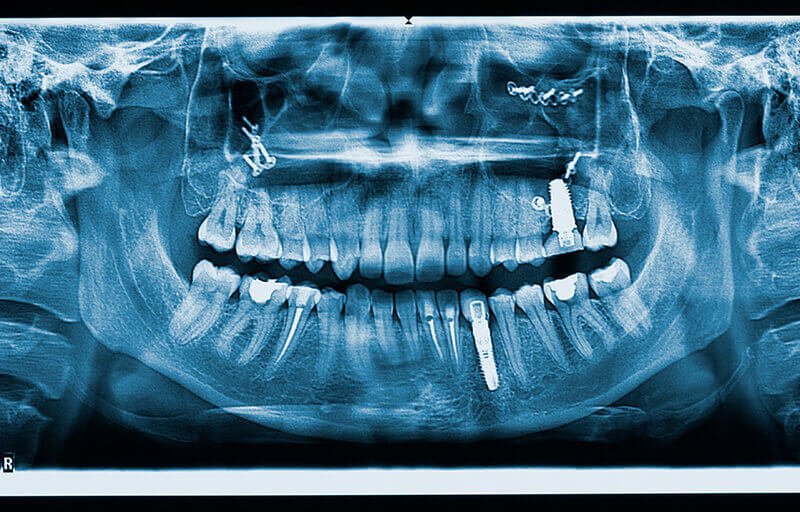Before cavities ever form, the surface of your tooth enamel experiences etching or demineralization to the outer layers. Once this occurs, the erosion of tooth structure and active decay are soon to follow.
Fortunately, when early demineralization is caught in time, these “early cavities” can be completely reversed before you ever need a filling. Not only does this save you money, but it’s also better for the long-term health of your smile.
While a filling can’t be avoided in an area of active decay, the early stages of damage can be halted if the tooth structure is remineralized.
What is Tooth Remineralization?
Exactly like it sounds, remineralization is taking an area that has de-mineralized and puts minerals back into the enamel so that it’s stronger and resistant to additional damage.
Younger teeth are more reactive to absorbing minerals as they develop, but adult teeth are not completely immune. In fact, remineralization is an effective preventive technique that can help to maintain the integrity of your enamel and limit new cavities around your crowns or fillings.
White Spots and Early Cavities
Classic enamel demineralization looks like white spots on the teeth. This condition is easily spotted on individuals who have undergone orthodontic treatment but didn’t practice effective oral hygiene. You may recall seeing someone in the past who had their braces removed, but when they did they had what looked like small white circles across the front of their teeth.
Each one of those circles is a visible area of demineralized enamel. It’s the leftover product of plaque that set against the brackets and wasn’t brushed away thoroughly. That’s why so many dentists and orthodontists recommend using fluoride during your orthodontic treatment. Even though there isn’t a “cavity” per se, the visual effects of tooth damage are noticeable.
You might have even seen lines across the front of people’s teeth, where plaque sat against the gumlines when the person was younger. Perhaps around ages 9-10 they didn’t brush very well or have extra help. As the teeth grew in even more, a line becomes noticeable where those developing teeth once sat against the gums. Like the person in braces, there’s a visible scar left behind from bacteria.
Fluoride: The Mineral Your Tooth Needs
So how do you remineralize the teeth? With fluoride!
Fluoride is a naturally occurring mineral found in the soil, plants, certain fish, and of course in most dental products. It strengthens teeth and aids in building strong bones. It can also take dehydrated, damaged enamel and remineralize it so that you aren’t at risk for as many cavities.
But not all fluoride is created equal. Lower doses like what you get in your tap water or your toothpaste are meant to be preventive. If you need a stronger concentration of fluoride to actively put minerals back into your teeth, you may need a prescription strength toothpaste from your dentist, or to have the dentist apply fluoride directly to your enamel at your checkup. Such treatments can help to prevent sensitivity as long as three months afterward!
When to See the Dentist
Don’t wait to call your dentist. As soon as you start developing any of these symptoms or concerns, it’s time to book an appointment:
- Moderate to severe sensitivity in specific areas of your mouth
- Visible white spots or lines on the teeth
- Uneven or splotchy tooth color
- If you’re about to get braces
- Seeing white areas around your orthodontic appliances
Don’t Wait
Once you’re caught up on your dental care, see your dentist for preventive care appointments at least every six months. Keeping your teeth strong and resistant to decay can help you limit the amount of dental work that you need in the future.
If you’ve had a past history of recent cavities, there’s a good chance that your smile is especially prone to demineralizing. When that’s the case, it’s very important that you remineralize areas early, before you even realize that they’re there. Waiting until you spot the symptoms could mean there’s already a large cavity underneath. Ask your dentist or hygienist to apply fluoride after your bi-annual cleanings.
Are you skipping your checkups because your employer doesn’t offer dental insurance? You could enroll in a dental savings plan as a valuable alternative. At LowerMyDentalBills.com, our discount programs save patients anywhere from 10-60% on services like dental cleaning and fillings throughout more than 100,000 offices nationwide. Contact us today to learn how to join!


